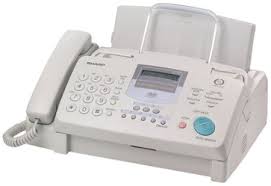 It will be recalled that recently the USPTO announced that it will change the way that electronic certified copies of priority documents are transmitted between the USPTO and the Japanese Patent Office. The change takes effect today. Among other things, this will affect how you complete your Application Data Sheet to present a priority claim to a Japanese patent application.
It will be recalled that recently the USPTO announced that it will change the way that electronic certified copies of priority documents are transmitted between the USPTO and the Japanese Patent Office. The change takes effect today. Among other things, this will affect how you complete your Application Data Sheet to present a priority claim to a Japanese patent application.
You can read about it in my blog post from September 24, 2017.


 The fee that ISA/SG charges per invention to carry out a PCT search will increase on November 1, 2017. The fee charged in US dollars will increase from $1552 to $1645.
The fee that ISA/SG charges per invention to carry out a PCT search will increase on November 1, 2017. The fee charged in US dollars will increase from $1552 to $1645.  A couple of weeks ago I had the great honor to visit at WIPO with the heads of some of the PCT processing teams. These are the people at the International Bureau who interact with callers (applicants and patent practitioners) who have questions and problems relating to PCT. One of the things that they mentioned to me, that I found puzzling when I first heard it, is that in recent months they have received ever-increasing numbers of complaints from people who call to report that they try to send faxes to the International Bureau and are unable to do so. Upon reflection I now realize the likely cause of this problem. And it is definitely not that there is some recent malfunction in WIPO’s fax machines.
A couple of weeks ago I had the great honor to visit at WIPO with the heads of some of the PCT processing teams. These are the people at the International Bureau who interact with callers (applicants and patent practitioners) who have questions and problems relating to PCT. One of the things that they mentioned to me, that I found puzzling when I first heard it, is that in recent months they have received ever-increasing numbers of complaints from people who call to report that they try to send faxes to the International Bureau and are unable to do so. Upon reflection I now realize the likely cause of this problem. And it is definitely not that there is some recent malfunction in WIPO’s fax machines.